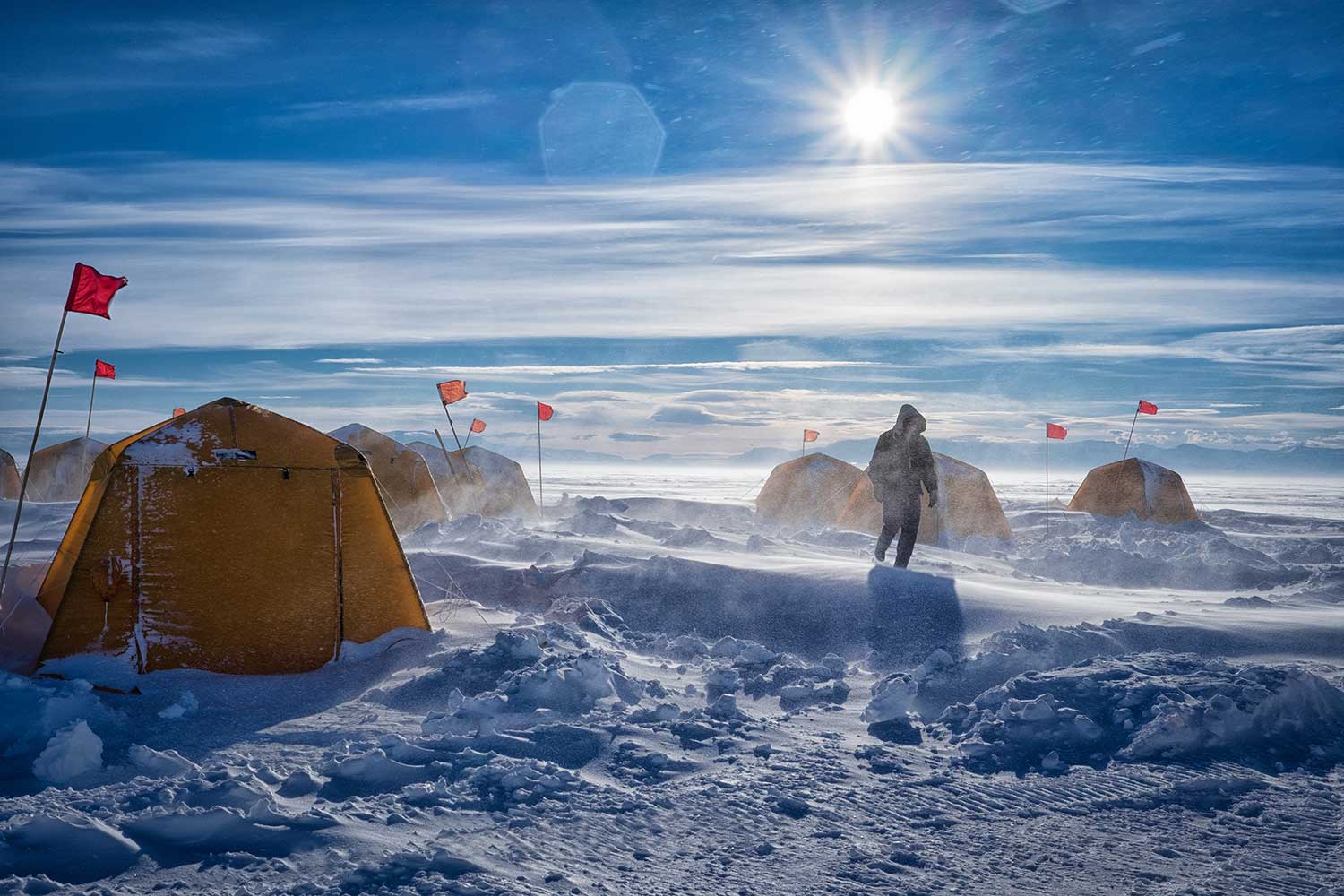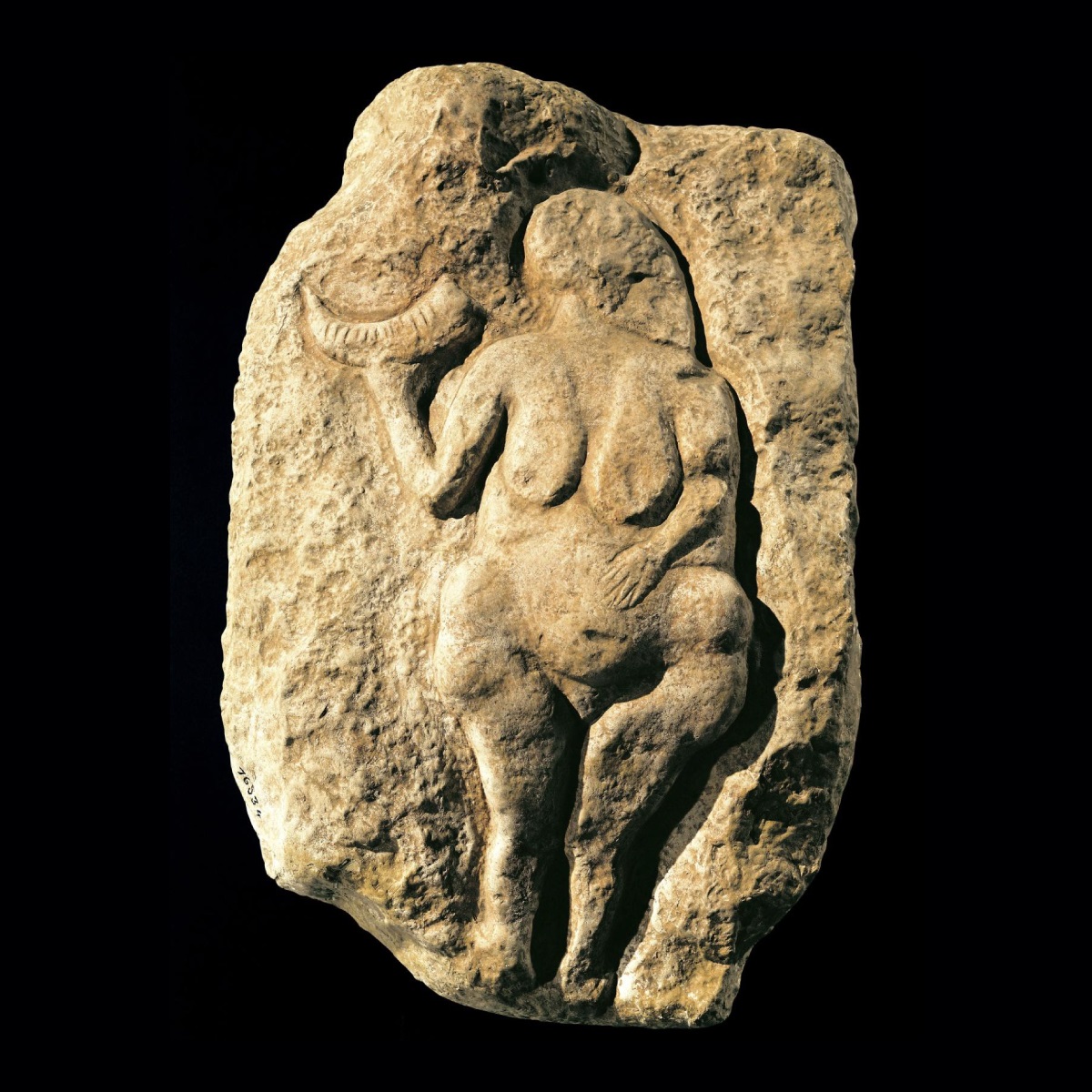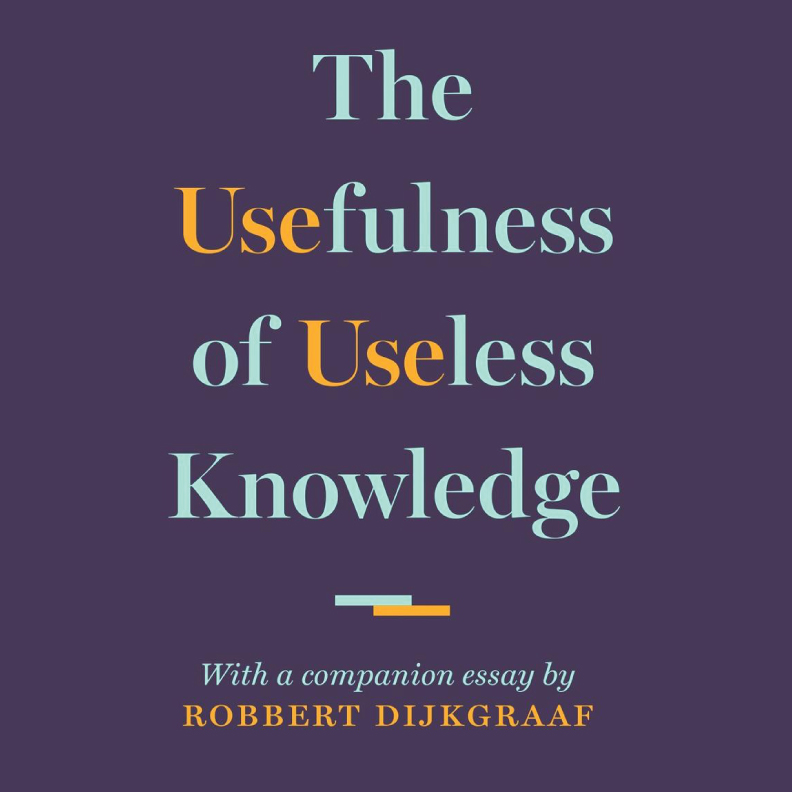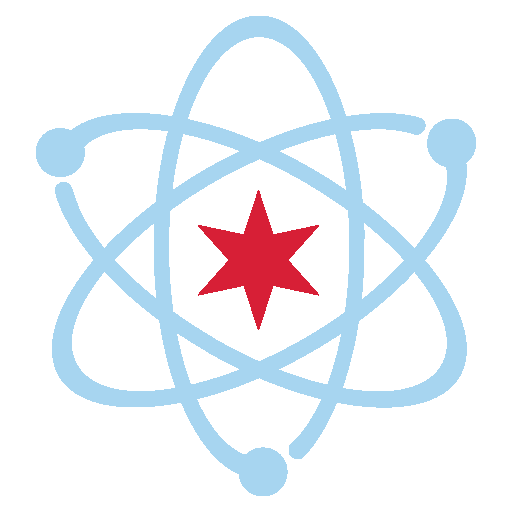Archives: Events

Watch the event highlights here!
Antarctica is the coldest, highest and driest of all seven continents. It is one and a half times the areal size of the continental United States, with the vast majority of its landmass covered in thick ice sheets.
Continue reading “Extreme Science: The U.S. Antarctic Program”

The arts provide a key avenue of insight into ancient human behavior and symbolic evolution. In this lecture we will review some of the evidence and analysis of how our ancestors of the later Ice Age used the material and visual world to create meanings, to develop and solidify social relationships, and to become “effective world settlers.” Continue reading “Making Things Meaningful in the Ice Age”

The Chicago Council on Science and Technology and the Institute for Advanced Study Present “The Usefulness of Useless Knowledge”
Robbert Dijkgraaf, Institute for Advanced Study Director and Leon Levy Professor, will discuss the re-publication of “The Usefulness of Useless Knowledge” (Princeton University Press), which features IAS Founding Director Abraham Flexner’s classic essay of the same title, first published in Harper’s magazine in 1939. Continue reading “The Usefulness of Useless Knowledge”

Chicago Council on Science and Technology and the Chicago Public Library, Harold Washington Center present
Just in time for opening day!
Dr Alan Nathan spent a career doing experimental nuclear physics, where he studied the high-speed collisions of subatomic particles. Continue reading “The Physics of Baseball”

Geological storage of carbon dioxide has the potential for significant reductions in greenhouse gas emissions.
While the fundamental scientific underpinnings of CO2 storage build on a century-long exploration of the physics of multiphase flow in porous media, there are aspects that remain unexplored and warrant further investigation. Continue reading “Recent Advances in CO2 Storage Science and Technology”
